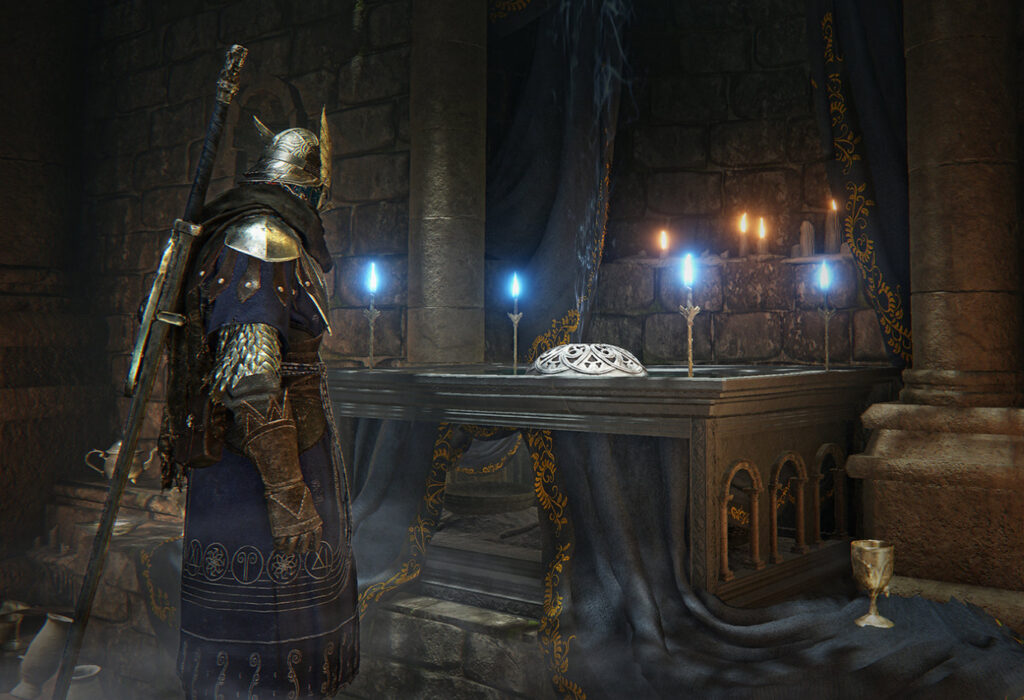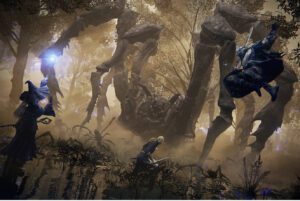When Elden Ring released in 2022, it was hailed not just as FromSoftware’s magnum opus, but as a paradigm shift in how open-world design and punishing action-RPG mechanics could coexist. Three years later, Elden Ring: Nightreign has emerged not as a simple expansion, but as a creative rebirth. We sat down with lead designer Kaito Yamazaki and combat systems director Leena Voss to unpack how Nightreign reframes the Lands Between with new systems, deeper combat, and an unexpected narrative architecture.
“We didn’t want to iterate—we wanted to interrogate,” says Yamazaki, speaking through an interpreter but with the cadence of someone who’s lived and breathed every pixel. Nightreign wasn’t conceived as DLC. It started as a design question: What if we rebuilt Elden Ring not around exploration, but around intent?
The Shift from Wanderlust to Will
If Elden Ring was about curiosity—riding Torrent across vast fields not knowing what might kill you—Nightreign is about precision. The sprawling environments are still there, but they’re now punctuated by decision-making that hinges on the player’s combat style and moral leanings.
“You’re not just discovering the world,” Voss explains. “You’re shaping it through your actions and combat preferences. The game watches how you fight.”
This is more than just AI scaling. Nightreign introduces a “Combat Temperament” system—an evolving internal profile that reacts to how you handle fights. Aggressive players are met with enemies that flank and feint. Defensive players face foes that punish turtling. Magic users will find their mana siphoned if they rely too heavily on ranged spam. It’s not punitive—it’s dialectical.
“The world answers you,” Yamazaki says, “not with difficulty, but with difference.”
Building the Blade: Combat as Language
Central to this design is a new suite of stances and weapon affinities. Rather than collecting hundreds of swords with slight variations, Nightreign demands refinement. Players choose a foundational weapon and develop it across five “philosophies”—Aggression, Flow, Precision, Restraint, and Chaos. Each philosophy shifts the weapon’s moveset, timing, and even its animations.
Voss elaborates: “We realized we could do more with fewer tools, if those tools were expressive enough. Every swing tells the game who you are.”
This philosophy isn’t just limited to blades. Spellcasting, incantations, and ranged attacks all bend to the same system. One example Voss shows us involves a “Whisperflame” catalyst that starts as a subtle DOT spell but grows in area, sound, and even screen shake based on the player’s persistence and proximity. “It becomes a psychological weapon,” she says. “Enemies respond to your commitment, not just your damage.”
Dungeons with Dilemmas
The game also introduces Night Bastions, a new type of micro-dungeon that isn’t about loot, but consequence. Entering one can trigger world events, alter weather patterns, or collapse entire questlines. Players must weigh the cost of power.
“They’re not optional content,” Yamazaki clarifies. “They’re invitations to shape the game.”
One Bastion we explored featured an NPC duel against a former mentor character, with no dialogue—just combat. Killing them unlocked a new weapon stance but erased an entire subplot involving a rebellion. Sparing them meant facing them again, later, under worse conditions. There’s no morality system. Just trade-offs.
Lore as Echo, Not Exposition
George R. R. Martin’s influence still lingers in the world-building, but Nightreign adopts a quieter tone. Item descriptions remain cryptic, but narrative arcs are more embedded in gameplay choices. You learn about a fallen prince not from cutscenes, but from the way his soldiers fight—mirroring your techniques if you once trained with them. A minor boss mutters your name if you’ve been reckless, whispering guilt into the swordplay.
The new “Echo Archive” system collects fragments of your actions—snippets of dialogue, enemy adaptations, and even altered weather phenomena—and compiles them into a kind of reflective journal. Not a quest log. A memory engine.
“You’re not following a story,” says Voss. “You’re building a history.”
Reclaiming Difficulty
When asked about the infamous difficulty discourse, Yamazaki doesn’t dodge it. “We’re not interested in punishing players. We’re interested in awakening them.”
To that end, Nightreign introduces “Veil Encounters”—hidden mini-bosses that only appear when a player has died multiple times in a region. They’re not there to humiliate you, but to teach you something. Many drop no loot. Some simply vanish after defeat. Others speak.
“They’re not bosses,” Voss says, “they’re interventions.”
This approach reflects a broader shift in FromSoftware’s philosophy—away from gatekeeping and toward player growth. While the game still offers challenge, it no longer equates that challenge with opacity.
Aesthetic Intentions
Visually, Nightreign leans into chiaroscuro design—intense contrast between light and shadow. Some areas are literally unreadable without your combat temperament influencing the lighting. If you’re too aggressive, torchlight flickers erratically. If you’re too cautious, fog thickens. It’s a bold mechanic, bordering on intrusive.
“We want players to feel watched—not by us, but by the game world itself,” Yamazaki says.
Music, too, adapts dynamically. Composer Yuka Kitamura returned to create themes that shift mid-fight, not based on health bars, but on player posture. You can hear your own style.
Impression
In the end, Elden Ring: Nightreign is not a sequel. It’s a challenge to what we expect from game design. It asks: What if the game knows you? Not just your stats or your saves, but your choices, your habits, your fears?
That’s not just innovation. That’s intimacy.
And as Yamazaki puts it: “We don’t want to make a game you remember. We want to make a game that remembers you.”
No comments yet.









